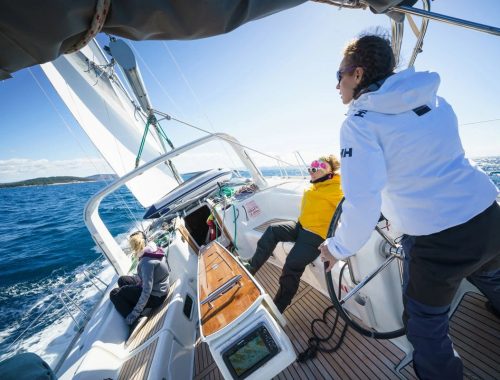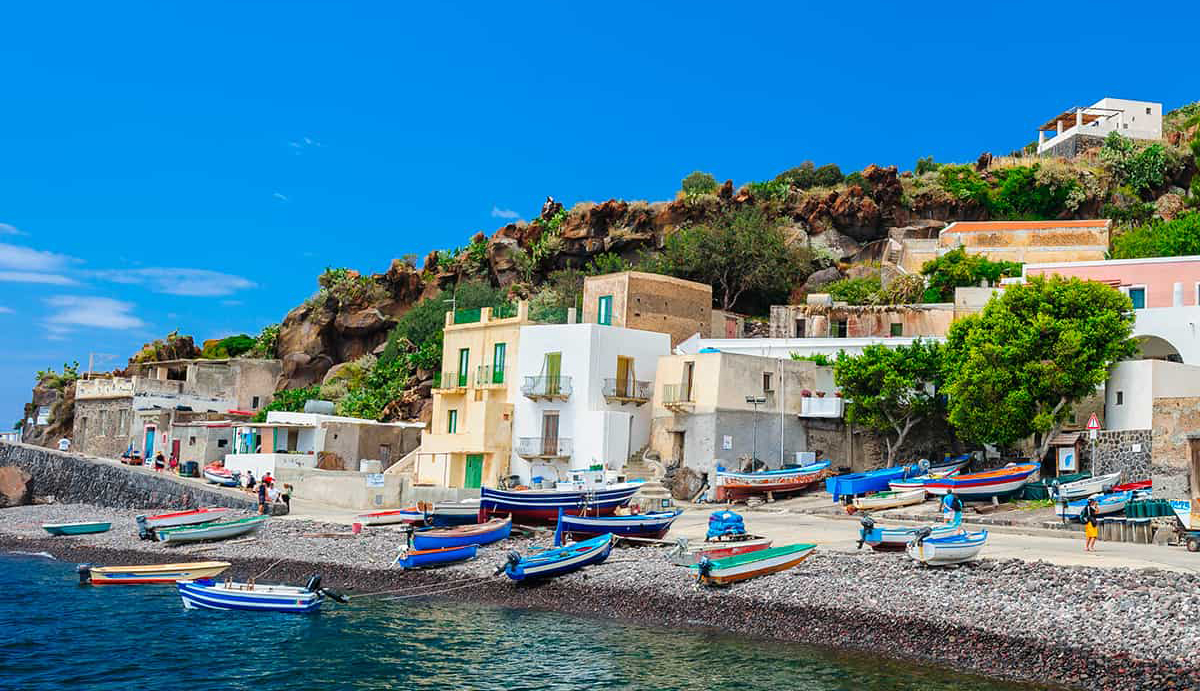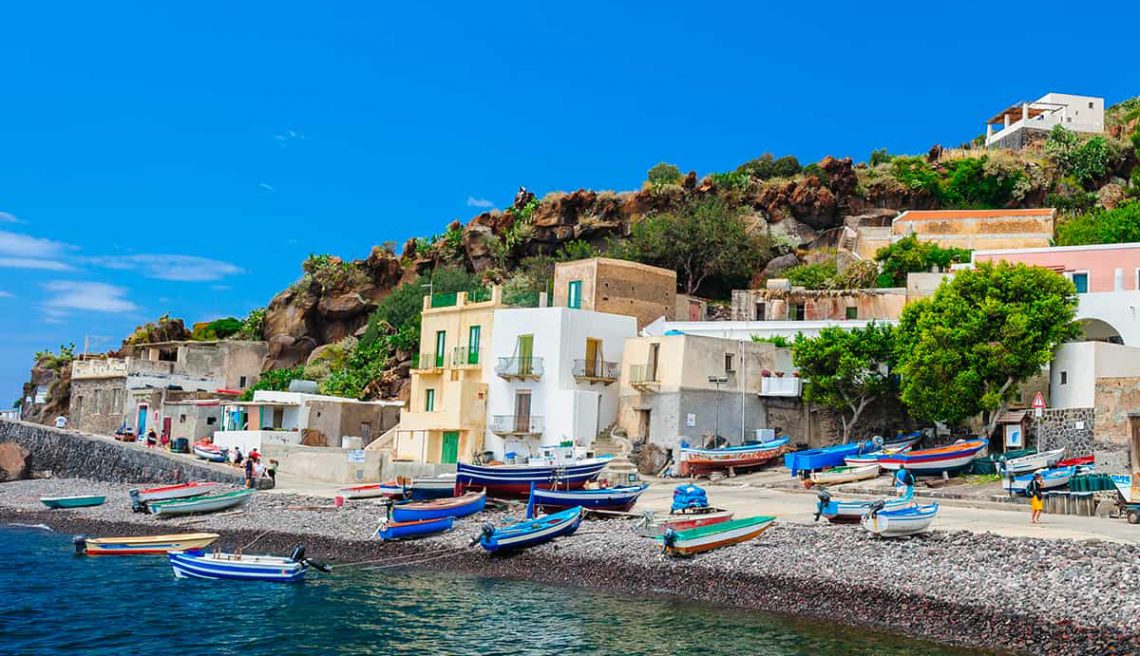
Alicudi: embracing the gentle rhythm of time on the island of steps
The remotest of the Aeolian Islands, Alicudi is a sliver of land with a rebellious spirit, a pristine atmosphere and a lifestyle frozen in time. No cars, noise or trendy establishments. A place to live in peace, recharge or let go.
In our Mediterranean, there are not many places that have escaped mass tourism, which contaminates, standardizes, assaults and often changes for the worse the identity of a territory. Among these outposts of metaphysical resistance is certainly the island of Alicudi. A sliver of land where even today you can breathe a genuine atmosphere and a lifestyle out of time. That’s why Alicudi proves to be an ideal destination for sailing cruises. A destination that allows the crew to escape daily frenzies, savor the slow passage of days, and rediscover the beauty of nature.
Of all the Aeolian Islands, Alicudi is the most remote, shifted entirely to the west of the archipelago. With its just 5 square kilometers, it is the second smallest after Panarea. Almost perfectly conical in shape and characterized by rugged and jagged contours, Alicudi offers sailors splendid views of the sea, and already on the horizon, it is recognizable by the steep profile of Monte Filo dell’Arpa, a former volcano, standing at 675 meters and plunging for over 1,500 meters into the depths of the Tyrrhenian Sea.
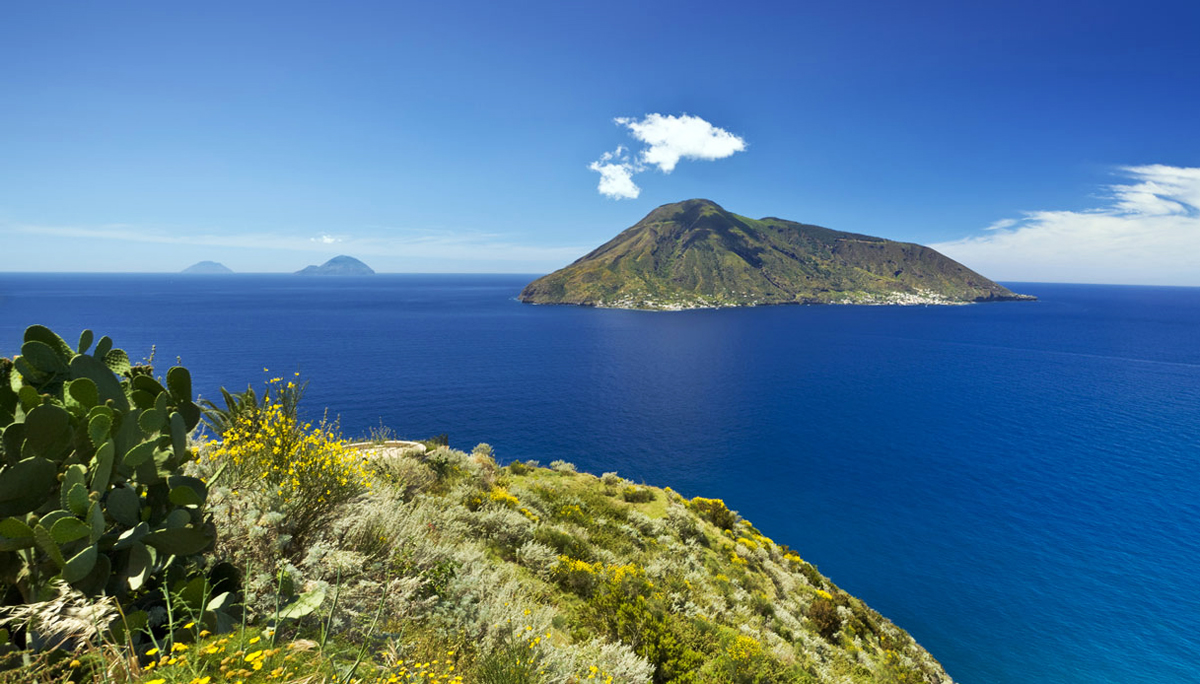
Few shelters in case of bad weather
The only mooring point in Alicudi is Scalo Palomba, a reinforced concrete pier reserved for ferries and hydrofoils shuttling between other islands. Recreational boaters can only anchor alongside the quay, very close to the coast, as the rocky seabed in this stretch of sea is quite deep. Moreover, the island lacks shelters and in case of bad weather, the sea can rise significantly anywhere. Therefore, it is advisable to carefully study the weather forecast for your stay.
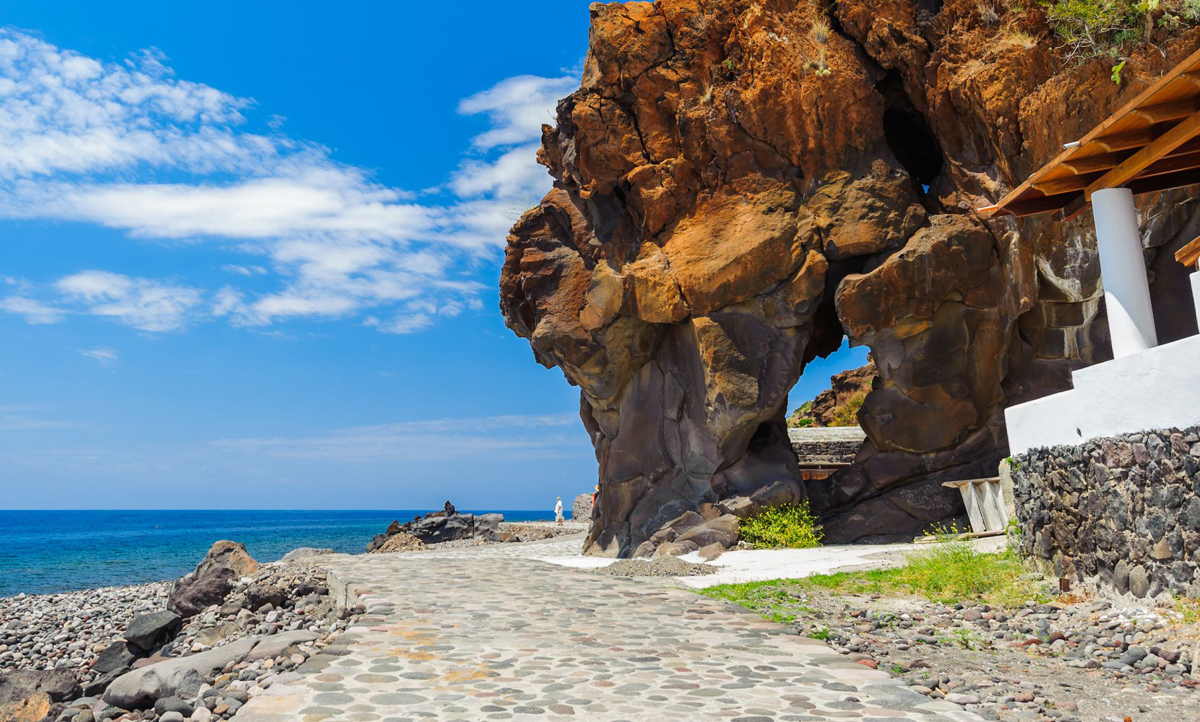
A slow life, at the pace of a mule
Once you arrive on the land, an informative sign welcomes the sailor, presenting Alicudi as the “island of steps.” These are actually terraced steps, quite steep, that climb from the port through terraces overlooking the sea to the top of the extinct volcano. Automobiles and motorized vehicles are not allowed on the island, a rare luxury for those who love absolute peace; the only ones helping the inhabitants and travelers carry heavy loads up the steps are mules. After all, Alicudi has no asphalted roads, only paths and lanes made of lava stone and stairs.
The houses, all in typical Aeolian style, are few dozen. The only inhabited center of the island is located on the eastern slope. It is divided into small fractions: Alicudi port, Contrada Tonna, San Bartolo, Contrada Pianicello and Contrada Sgurbio. Life here is simple and austere: there are no discos, pubs, banks or ATMs, but only a small restaurant with a unique atmosphere, a couple of shops, a bar, the post office and little else.
A truly unique aspect of this island is that, to eat on Alicudi, one mainly goes to the homes of some “arcudari,” as the island’s inhabitants are called. The day before, a reservation is made and one arrives at the specified time to share a meal with other travelers.
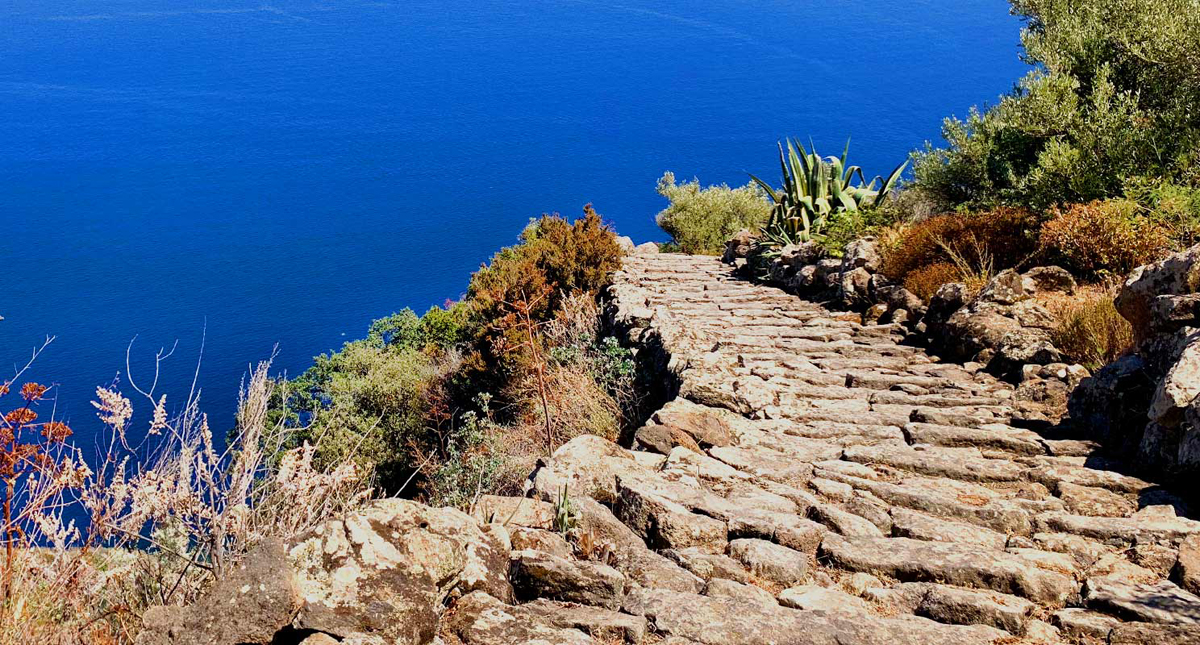
Pebble beaches and old paths
The beaches of Alicudi, tiny and pebbly, are few and all located within narrow granite coves accessible exclusively by sea. The only one accessible on foot with a half-hour walk is Bazzina, situated on the eastern coast not far from the port, presenting itself as a charming cove with relatively shallow waters. The rest of the coasts are predominantly high and adorned with volcanic caves. However, the waters of Alicudi are a delight for diving enthusiasts. An interesting excursion is certainly to the Scoglio Galera, along the western coast of the island. But you can also get lost in the various trekking paths that climb up to the mouth of the volcano, as well as not to be missed is the church of San Bartolo, the patron saint of the Aeolian Islands.
In Alicudi, the sea constantly dominates the field of vision with its unique blue, tending to gray at different times of the day. The chromatic contrast between the vegetation rich in flowering trees such as bougainvillea, the white of the houses and the black volcanic soil is a marvel for the eyes. Beauties and atmospheres that can be contemplated and savored leisurely in the typical spirit of a rebellious and kind land, only for those who know how to appreciate it.
You May Also Like
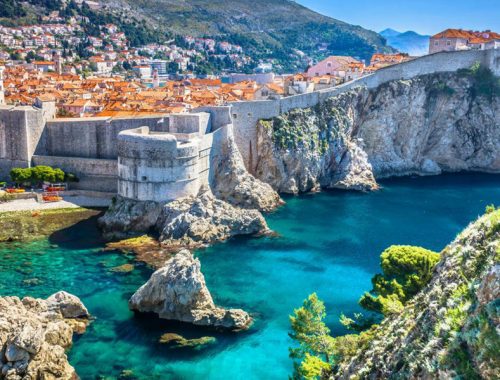
Sailing in Montenegro – regenerate in the heart of the Balkans
01/12/2021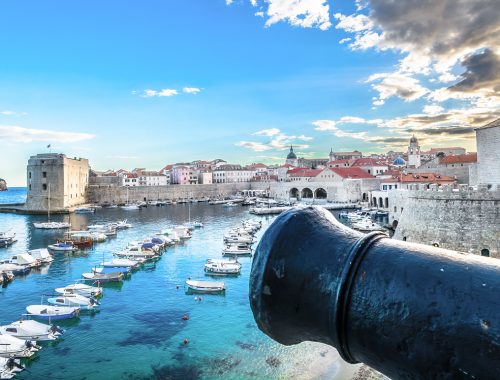
Discover Croatia’s Exquisite Coastal Gems: Embark on Your Sailing Adventure from These Stunning Port Cities
26/10/2023